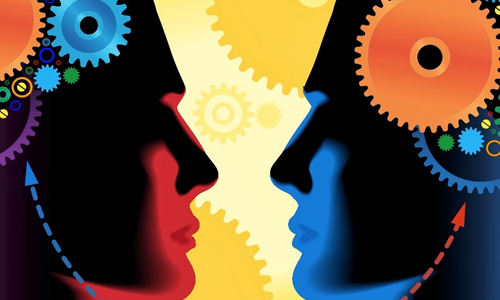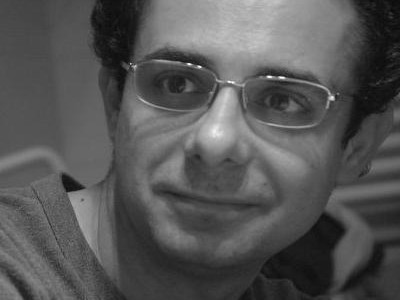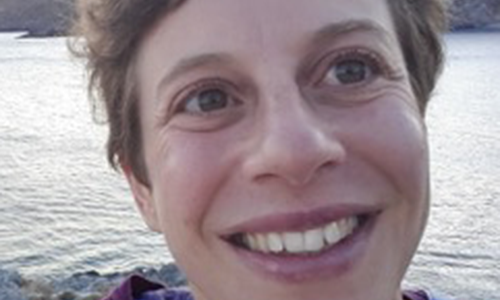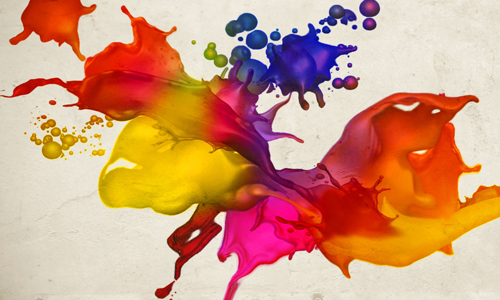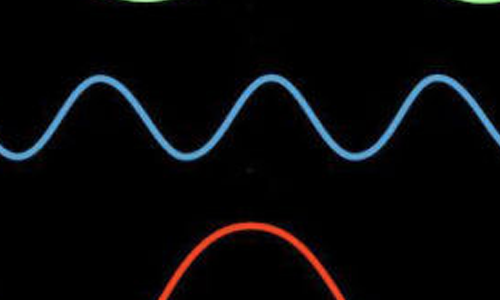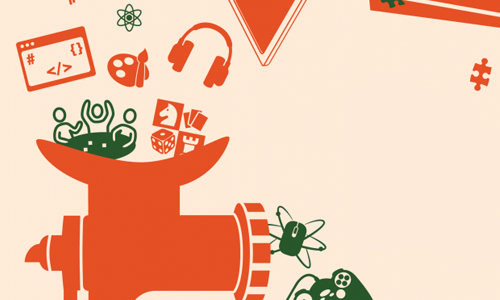by Sergi Valverde
Abstract: When looking at the history of technology, we can see that all inventions are not of equal importance. Only of a few technologies have the potential to start a new branching series (specifically, by increasing diversity), have a lasting impact in human life and ultimately became turning points. Technological transitions correspond to times and places in the past when a large number of novel artefact forms or behaviours appeared together or in rapid succession. Why does that happen? Is technological innovation continuous and gradual or it occurs in sudden leaps and bounds? The evolution of information technology allows for a quantitative and theoretical approach to technological transitions. The value of information systems experiences sudden changes when when we learn how to use this technology, when we can accumulate large amounts of information and when communities of practice create and exchange information freely. The coexistence between gradual improvements and discontinuous technological change is a consequence of the asymmetric relationship between complexity and hardware and software. Using a cultural evolution approach, I suggest that sudden changes in the organization of information technologies depend on the high costs of maintaining and transmitting reliable information.
